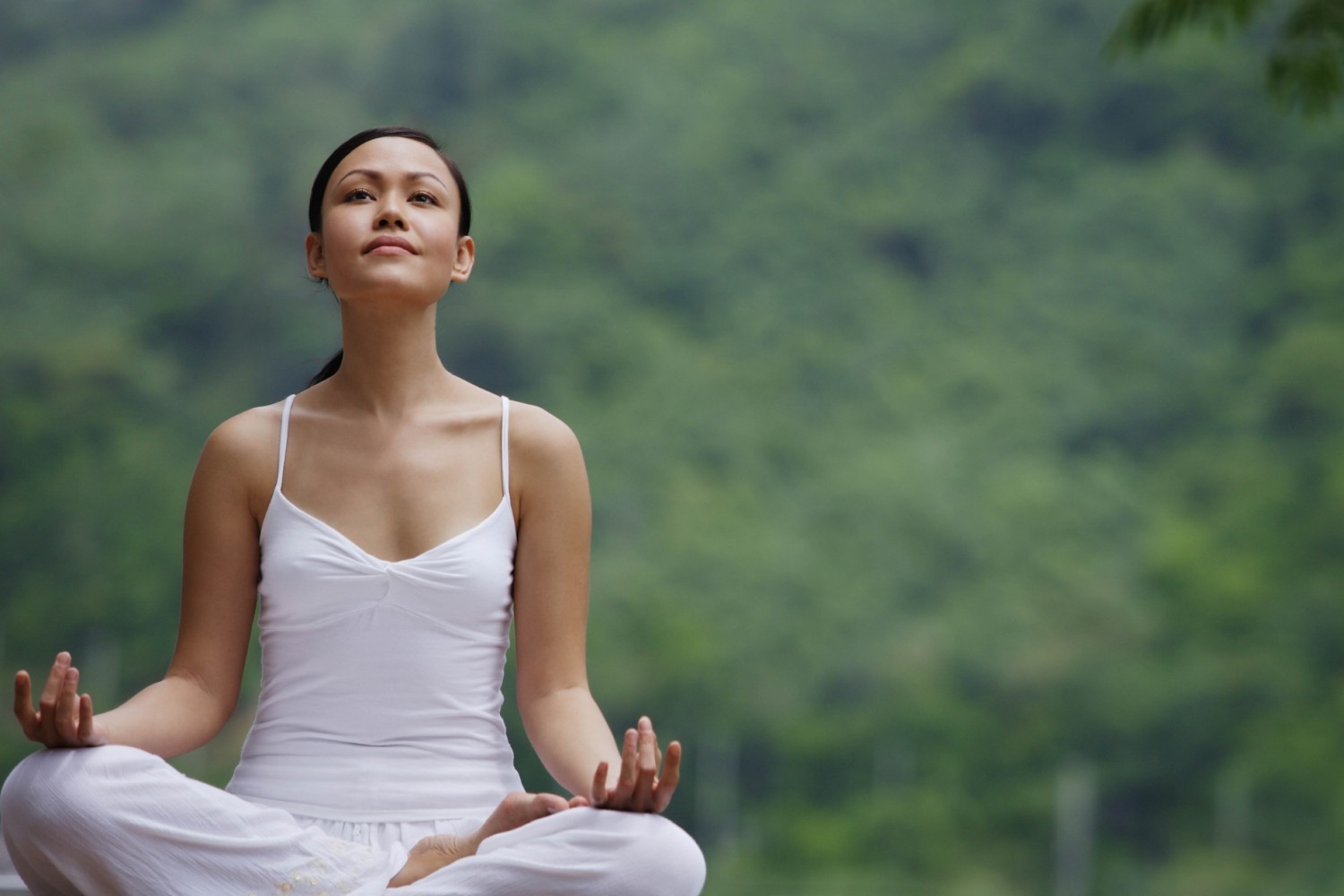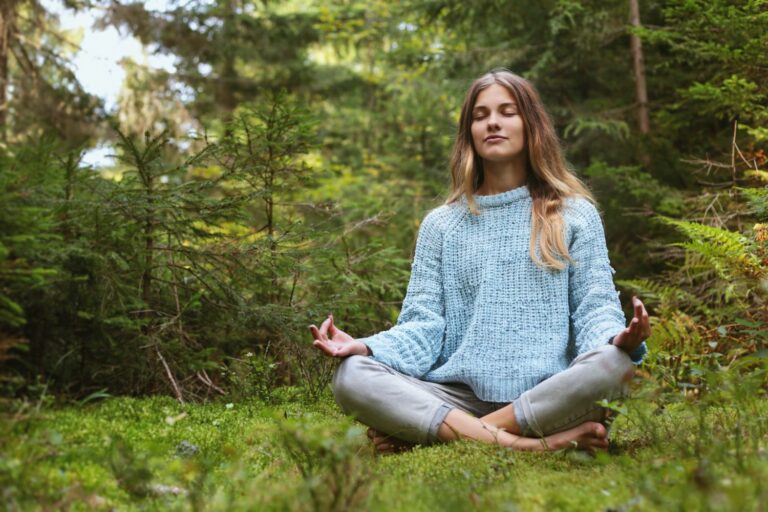Are mindfulness and meditation the same thing?
Mindfulness and meditation share many similarities. They are both important practices that help you relax, let go of stress, and be more present in your life. But there are differences too.
Mindfulness is a state of being that can be described as paying attention in the present moment. With an attitude of curiosity, openness and acceptance. Meditation is a practice that can help bring about the mindful state of mind. However, are mindfulness and meditation the same thing? That’s what this article will explore…
How does mindfulness differ from meditation?
One of the key differences between mindfulness and meditation are that while each is a practice, one can be considered an activity.
Mindfulness simply involves being mindful in whatever you are doing. It can be practiced in any activity and at any time of day; it’s not something that has to be done e.g. sitting down with your eyes closed. Mindfulness is about being in the moment, not letting thoughts distract you from your current activity or environment.
Meditation, however, typically refers to when someone sits down with the specific intention to focus or to clear their thoughts and calm their body and mind.
Meditation can also be done at any time of day, but it usually means spending a focused amount of time – from a few minutes to an hour or more – while sitting down with eyes closed.
Why both practices are important to consider in your life
Both mindfulness and meditation are important and beneficial because they can be used in tandem to help us reach a more peaceful state. For instance, you may find that practicing mindfulness while meditating helps you focus better during your meditation session. This can enable you to stay present for longer throughout the session.
Mindfulness is more about intentional living, while meditation requires a certain level of focus and intent. A meditation practice can be used to help you achieve mindfulness in your day-to-day life as well. It’s important to have a sense of both practices in life, and find what works best for you.
The benefits of mindfulness and meditation on a daily basis
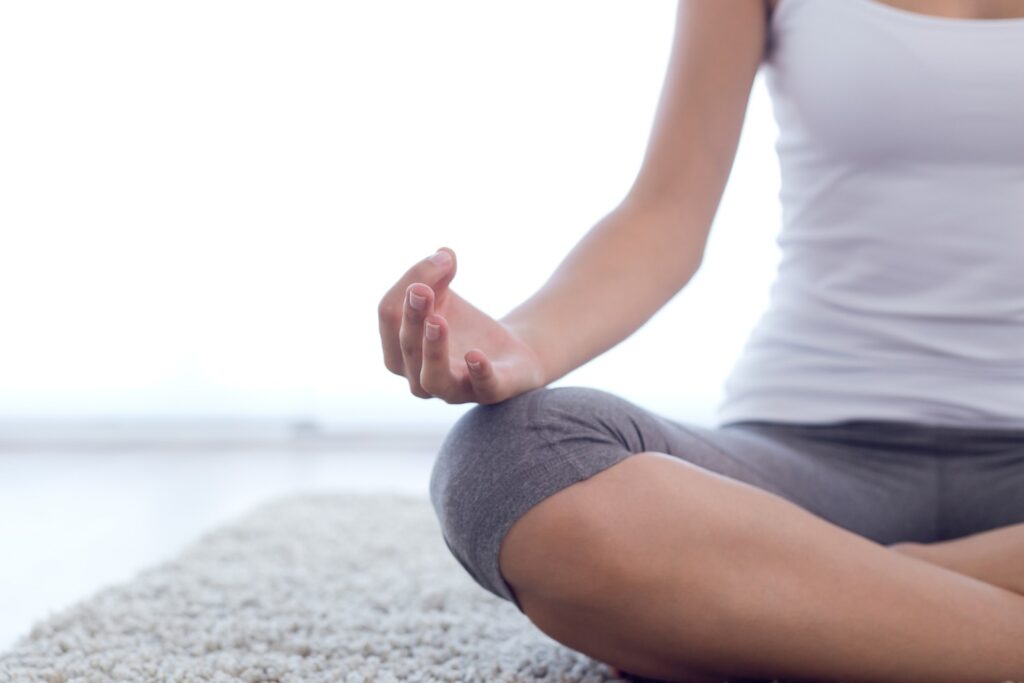
There are numerous benefits to both practices, including:
- Becoming more aware of our thoughts and emotions in the present moment
- Learning to live intentionally as opposed to habitually or reactively
- Increased focus, concentration and creativity
- Reduced levels of stress, anxiety, and depression
- Better quality of sleep
- A greater sense of calmness in our day to day lives
Meditation helps us understand how we are feeling. That way we are better able to be mindful of our emotions when they’re triggered by outside factors. For example, if we are mindful when we are feeling angry at someone, it’s much easier for us to stop ourselves from lashing out at them. Conversely, mindfulness can help us be more aware of the moment, which can help us make better decisions.
Questions to ask yourself before implementing mindful and meditative practices
It’s a good idea to ask yourself what you wish to achieve through mindfulness and/or meditation. Being clear of the benefits these practices can help you reach, will make it much easier to remember to be mindful during your day. As well as being more motivated taking the time to sit down and meditate. Here are some questions that are helpful to ask yourself:
- What are my goals, or what are some things that I would like to improve with this mindfulness and/or meditative practice?
- Do I have any physical conditions or injuries which restrict my ability to do certain exercises or meditations?
For example, if you have back pain you may need to arrange a specific way to sit or lie down while doing meditation exercises - When can I best find time in my day to meditate?
In order to achieve the benefits of meditation, you ideally need at least 15 minutes per day - Where can I best set up a quiet place where I’m able to meditate without interruption?
Mindfulness can be practiced anytime, anywhere, and with anyone around – by being fully engaged in the here and now. It’s about learning to gently bringing yourself back to the conversation or task at hand, instead of allowing your mind to wander.
There are a number of mindfulness exercises which can be done throughout your day. We offer a free Mindfulness Guide with 30 exercises that are easy to incorporate into your life. You can get it here.
Practical tips for incorporating meditation into your lifestyle
- Consider setting up a small, purposeful meditation space in your home or workplace. This can be something as simple as lighting an oil candle that creates a relaxing atmosphere and associating the place with relaxation. It could also include making some adjustments to create the best environment for you, such as using an eye mask, placing mats on the floor, or using a more comfortable chair
- Start with short meditation sessions. If you are just beginning, it is better to start by meditating for 5-10 minutes per day, than trying to begin with 30+ minutes without developing some familiarity and understanding of how to meditate
- Guided meditation practices can help you get started. These are usually recordings from a meditation teacher. They are designed to help you focus on various aspects of your body and breath, and guide your attention. One of our favorite guided meditations is Mindfulness Meditation by Tara Brach which contains nine of her most effective guided sessions, perfect for beginning or deepening your mindfulness practice
- Find a technique or type of meditation that resonates with you. Whether it’s listening to the sounds around you, repeating a mantra in your mind or chanting it out loud, observing thoughts without judgment, or focusing on breathing deeply for a specific length of time
- Find your own style of meditation and stick with it. This is important for developing the habit and consistency that are so helpful in a meditation practice
So, are mindfulness and meditation the same thing?
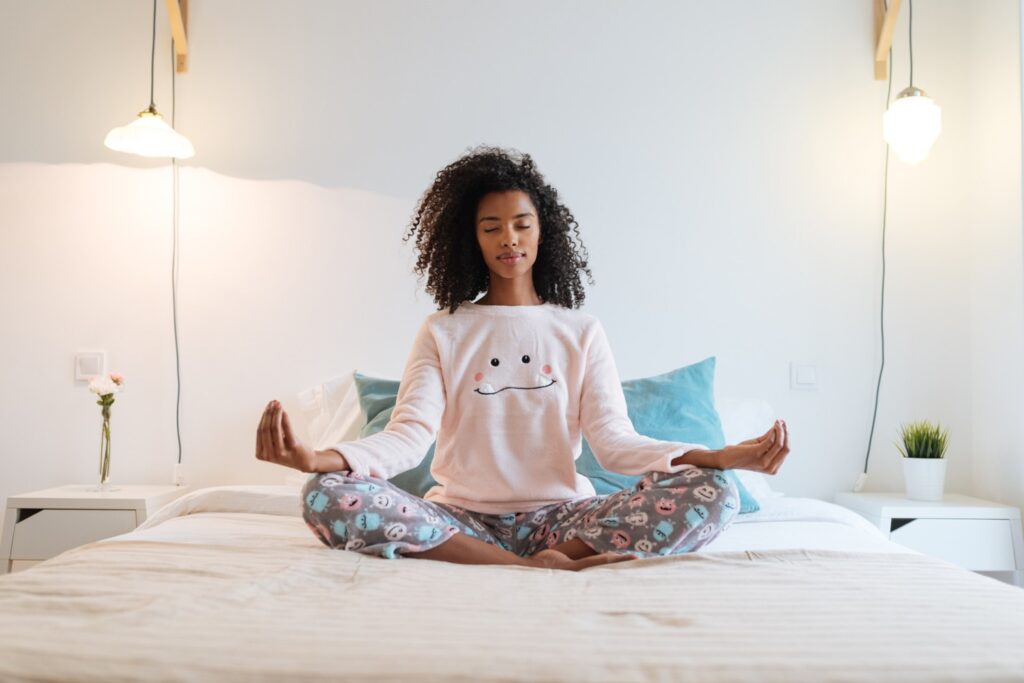
Mindfulness and meditation are not the same things, but they are closely related. It’s like comparing apples to oranges; both are fruit, but they are distinctly different from each other in many ways as well.
Mindful living refers to being aware of life as it unfolds. Mindfulness is a way to live life more fully. It is often achieved and enhanced through meditation.
Meditation is often considered more of a spiritual practice than mindfulness. But it is essentially a way to clear the mind and focus on one thing to stay in the present.
Mindfulness and meditation are both beneficial for living life with intentionality, awareness, and more peace of mind. It’s not about choosing one or the other; it’s about living life in a way that can incorporate both, and finding what works best for you!
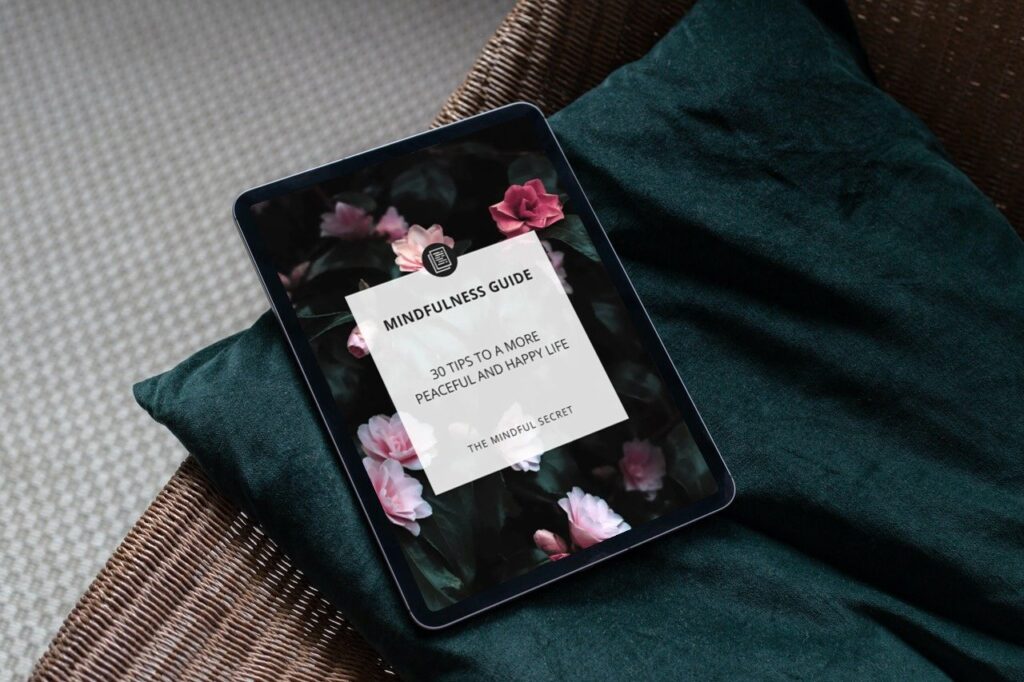
Get Our Mindfulness Guide For Free
“30 Tips To A More Peaceful And Happy Life”
Do you find yourself living in the past or worrying about the future?
Do you ever feel like there is just too much going on and not enough time to take care of what really matters?
If so, mindfulness exercises can help! Mindfulness exercises are a great way to practice living in the moment and become more peaceful. They can even help with stress relief.
This guide will provide you with 30 of the best mindfulness tips and exercises that anyone can do.
When signing up you will also receive our free email newsletter with mindfulness tips, motivational content, and resources. You can unsubscribe at any time. We value privacy and will always protect your email.

